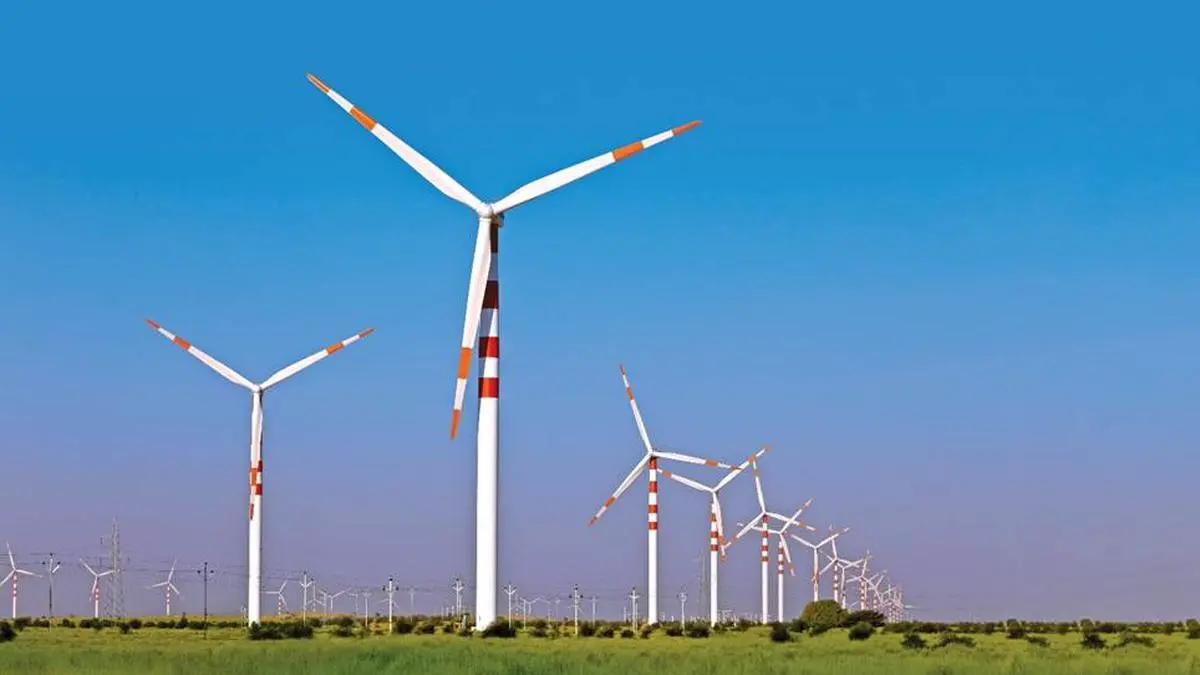
Taiwan has firmly rejected a proposal floated by a senior US official to split global semiconductor production equally between the two nations. The idea, intended to reduce America’s reliance on the island nation for critical chip supplies, met with strong opposition from Taiwan’s top trade negotiator and prominent political leaders.
US Commerce Secretary Howard Lutnick recently articulated the proposal in an interview. The body suggested a strategic goal of moving from the current 95% US reliance on chips manufactured in Taiwan to a 50-50 split. Lutnick argued that the US needs to significantly onshore its chip manufacturing capacity. He asserted that a more balanced supply chain would ultimately increase security for both Washington and Taipei.
Chip talks focus on tariffs, not production quotas
Taiwanese Vice Premier and top trade negotiator, Cheng Li-chiun, quickly countered the narrative upon returning from recent trade discussions in the US. She stated publicly that the “50-50” chip production arrangement was “absolutely not” discussed during the negotiations.
Instead, Cheng Li-chiun confirmed the recent trade talks focused squarely on long-standing issues. The main issue was reducing tariff rates and securing exemptions from additional duties, often called tariff stacking, on Taiwanese exports to the US. This clarification firmly separates the US political rhetoric from the immediate commercial and trade priorities of the two partners.
Political backlash over ‘Silicon Shield’
The suggestion of moving production has drawn sharp condemnation from Taiwan’s political figures. Kuomintang (KMT) Chairman Eric Chu strongly opposed the proposal. I have labeled it as an “act of exploitation and plunder.” Chu emphasized, “No one can sell out Taiwan or TSMC.” Currently, Taiwan Semiconductor Manufacturing Company is the world leader in advanced chip production.
This fierce defense relates directly to the widely held concept of the “Silicon Shield.” This is the belief that Taiwan’s critical role in the global economy, particularly in chips, deters potential military conflict from mainland China. Other political leaders also voiced concern. They fear the proposal represents an attempt to “hollow out the foundations of Taiwan’s technology sector.”
The US seeks to build a more resilient domestic supply chain. However, Taiwan remains focused on preserving its technological dominance and ensuring fair trade terms. The rejection of the “50-50” split ensures that the island’s semiconductor industry remains firmly rooted at home for the foreseeable future.



